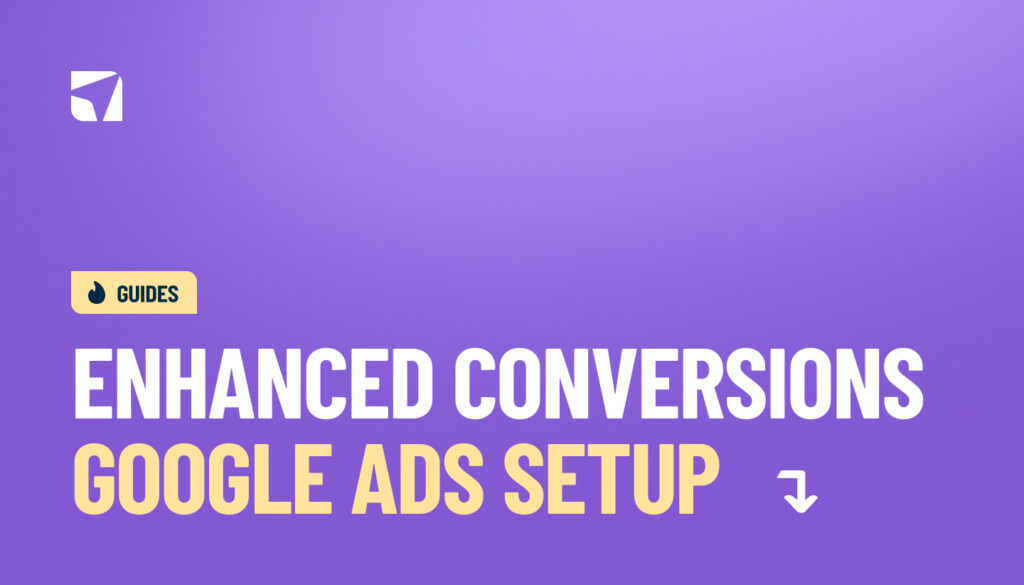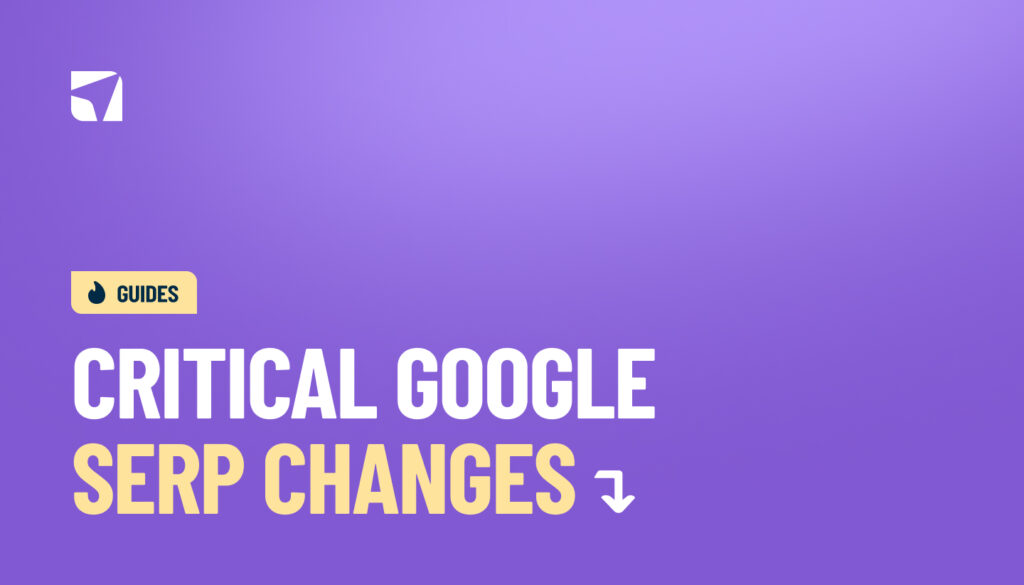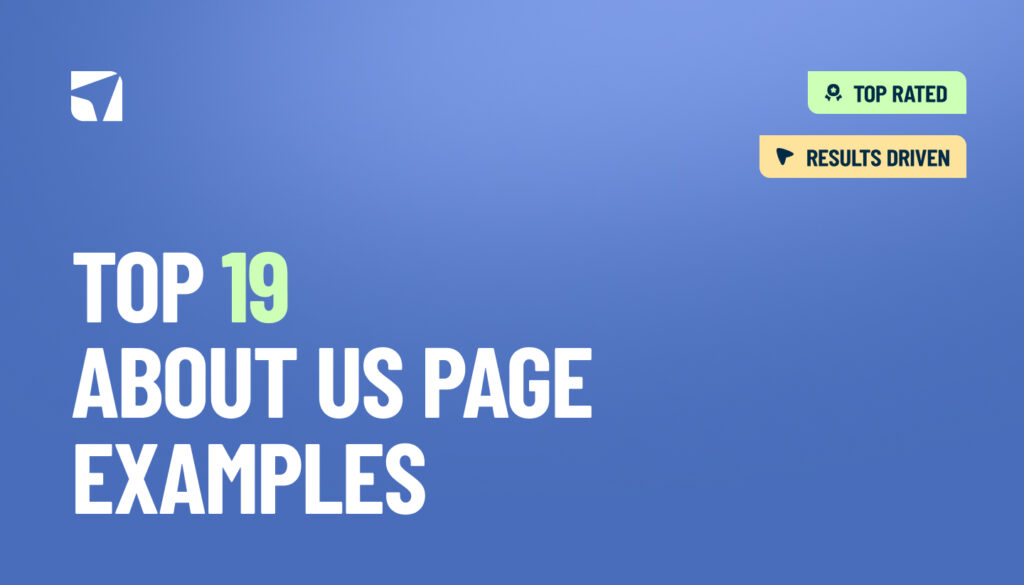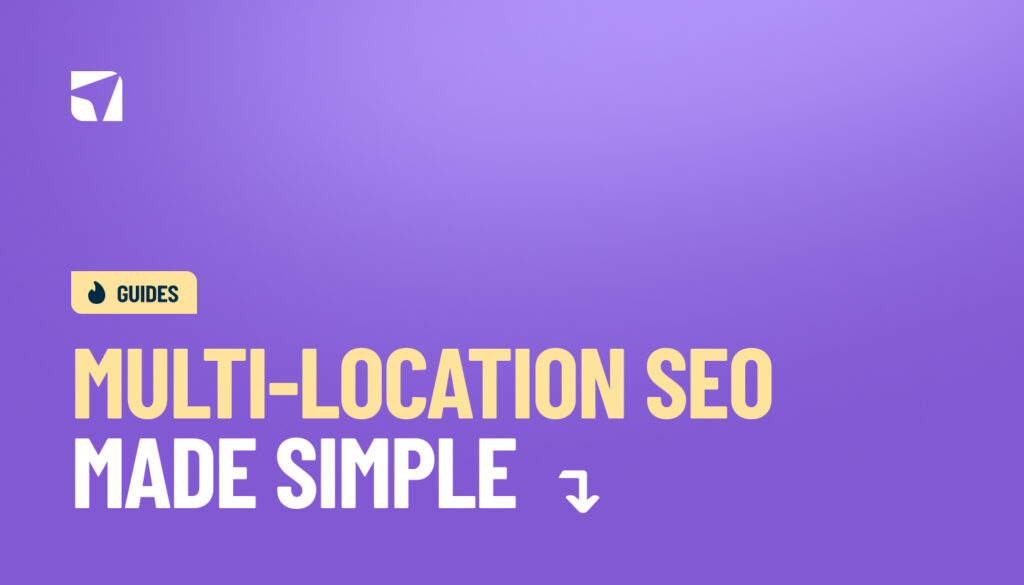Consider this challenge: your competitors are fighting for the same customers, and 75% of those shoppers are browsing on mobile devices. With mobile sales now representing almost half of all online purchases, the question becomes clear…
Can your fashion website compete effectively in this mobile-first world?
Fashion SEO doesn’t have to be overwhelming, but it does require understanding the unique hurdles this industry presents.
Seasonal trends shift rapidly, forcing keywords and product offerings to evolve at breakneck speed. Your potential customers need multiple touchpoints, typically seven exposures to your brand message, before making a purchase decision.
This reality makes consistent search presence absolutely crucial for clothing brands.
What you’ll find in this guide:
- Mobile-first design strategies that convert browsers into buyers
- Trend-focused content approaches that capture seasonal demand
- Technical optimisation methods tailored specifically for fashion retailers
Fashion SEO success requires ongoing attention, research, testing, and refinement. It becomes part of your routine rather than one-time tasks. The brands that thrive understand this commitment and adapt their strategies accordingly.
Understanding the Fashion Industry's SEO Landscape
Fashion Search Engine Optimisation operates under completely different rules than traditional business optimisation.
The simple explanation is this: while other industries can rely on stable keyword patterns and evergreen content, fashion brands must adapt to constant change while maintaining technical excellence.
Why fashion SEO is different
Think of fashion SEO as a dual challenge: you’re optimising for both humans and search engines, but your audience speaks a unique language.
Your customers don’t search for “dress”, they search for “boho maxi dress with tassels” or “vintage-inspired midi with flutter sleeves.”
This specificity creates opportunity.
Fashion shoppers use descriptive, long-tail keywords that often have less competition than generic terms. The challenge lies in identifying and targeting these precise search phrases before your competitors do.
Fashion consumers also behave differently online. They research across multiple social media platforms, Pinterest for inspiration, Instagram for styling ideas, and Google for price comparisons, before making purchase decisions.
Your SEO strategy must account for this multi-platform journey.
Challenges with fast-changing trends
Here’s the reality of fashion SEO: keywords that drive massive organic traffic today might be irrelevant next month.
Unlike accounting firms or plumbing services with stable search patterns, fashion brands face constant keyword volatility.
Consider “cottagecore aesthetic” or “Y2K fashion” – these terms exploded in popularity across social media, dominated searches for months, then faded as new trends emerged. This cycle repeats continuously across the fashion landscape.
Smart fashion brands don’t just react to trends, they anticipate them.
This requires:
- Continuous keyword research and monitoring
- Flexible content strategies that can pivot quickly
- Resource allocation for regular content updates
- Understanding of trend lifecycles and timing
The role of visuals in search visibility
Visual search has become crucial for fashion discovery. Google Lens and similar technologies are changing how customers find products, making image optimisation essential for visibility.
Essential image optimisation elements:
- Descriptive filenames: black-leather-crossbody-bag.jpg instead of IMG12345.jpg
- Detailed alt text covering both item and key features
- Proper sizing to maintain page speed performance
- Schema markup for enhanced search understanding
Note: High-quality product photography serves double duty. It converts visitors and acts as a powerful SEO asset when properly optimised.
How seasonality affects keywords and SEO strategy
Seasonal planning separates successful fashion brands from struggling competitors. Winter coat searches don’t gradually increase. They spike dramatically in autumn, then disappear until the following year.
The most effective approach involves creating seasonal keyword calendars that anticipate these fluctuations months in advance. This means optimising spring collection pages during winter, preparing summer content while autumn trends dominate.
Technical considerations matter too. Out-of-season pages shouldn’t disappear from your site. They should be de-emphasised in navigation and internal linking until their seasonal relevance returns.
Fashion SEO success requires understanding these unique industry dynamics. The brands that thrive online create discoverable digital experiences that match actual consumer shopping behaviour rather than following generic SEO practices.
Building a Strong SEO Foundation for Fashion Brands
Think of your website’s technical foundation as the infrastructure supporting your entire digital storefront.
Without solid technical optimisation, even the most stunning product photography and high-quality content struggle to reach potential customers through search engines.
Mobile-first design and user experience
Google now uses mobile-first indexing to determine search engine rankings, meaning your responsive design and smartphone experience become the primary factor in how search engines evaluate your fashion website.
This shift makes mobile optimisation non-negotiable for Australian fashion retailers competing in today’s market.
Essential mobile-first elements for fashion sites:
- Responsive layouts that automatically adjust across all device sizes
- Touch-friendly interfaces with tap targets at least 44 pixels square
- One-handed navigation that works while customers browse on the go
- Critical content positioned within easy thumb reach
Your product galleries, checkout processes, and category filters must perform seamlessly on smaller screens. Fashion shoppers expect instant access to product details, sizing information, and purchase options without pinching, zooming, or struggling with tiny buttons.
Optimising site speed and navigation
Page speed directly correlates with both search rankings and sales. A single second improvement in load time can boost conversions significantly. For fashion websites heavy on imagery, speed optimisation becomes even more critical.
Focus your efforts on Google’s Core Web Vitals metrics:
- Largest Contentful Paint (LCP): Target under 2.5 seconds for main content loading
- First Input Delay (FID): Maintain under 100 milliseconds for immediate interactivity
- Cumulative Layout Shift (CLS): Keep below 0.1 to prevent annoying layout jumps
Fashion shoppers think in categories – Men’s, Women’s, Accessories, New Arrivals.
Your navigation structure should mirror this natural thought process, making product discovery intuitive rather than frustrating.
Schema markup acts as a translator between your fashion content and search engines. This structured data helps Google understand your products more precisely, leading to enhanced search result listings.
Most valuable schema types for fashion retailers:
- Product markup for price, availability, images, and customer reviews
- Breadcrumb markup showing page hierarchy and navigation paths
- Organisation schema communicating return policies and loyalty programs
Implementing structured data makes your fashion products eligible for rich results in Google Search, Google Images, and Google Lens. These enhanced listings display crucial information, including ratings, price changes, and stock status, directly in search engine results.
Note: Combining structured data on your website with a Google Merchant Centre feed maximises your eligibility for enhanced search experiences. This dual approach creates the technical foundation your fashion collections need to stand out in competitive search engine results.
If your fashion brand has physical stores, then local SEO is definitely something you should put some energy into.
Some aspects of local SEO include:
- Google Business Profile optimisation: making sure your store opening hours, photos and reviews are up to date and accurate.
- Localised content: Create location-specific pages and content for your stores.
- NAP consistency: Make sure your business name, address and phone number are the same across all platforms.
Product pages represent the ultimate test of your fashion SEO strategy. These pages must perform double duty, ranking well in search results while convincing visitors to complete their purchase. The fashion brands that excel online understand this dual requirement and optimise accordingly.
Stop copying manufacturer descriptions. This shortcut creates duplicate content issues that prevent your pages from ranking effectively.
When identical descriptions appear across multiple sites, search engines struggle to determine which version deserves the top spot.
Your fashion product descriptions should include:
- Specific details about materials, fit, and styling options
- Natural keyword integration that flows with the content
- Sensory language that helps shoppers visualise wearing the item
- Clear benefits alongside technical features
Think of product descriptions as your silent sales team. They need to paint a vivid picture of how items look, feel, and enhance the wearer’s style.
Many fashion retailers underestimate this powerful differentiation tool, yet original content remains one of the most direct ways to stand apart from competitors selling similar products.
Don’t forget to customise each page’s meta title tags and meta descriptions to make it clear to users what each page focuses on and includes.
Fashion’s visual nature makes image optimisation non-negotiable for SEO success.
Alt text serves two critical functions: making your products accessible to visually impaired shoppers and helping search engines understand your images.
Before uploading product photos, rename files from generic names (IMG12345.jpg) to descriptive ones (black-leather-crossbody-bag.jpg).
This simple step provides valuable context for search engines while improving your visibility in image searches, particularly important for fashion retailers where visual discovery drives significant organic traffic.
Proper alt text should describe both the item and its key features, enabling screen readers to communicate product details to users with visual impairments while simultaneously boosting your SEO performance.
Fashion retailers face unique duplicate content challenges when products appear in multiple categories or feature various colour and size options. Canonical tags solve this problem by telling search engines which page version to prioritise for indexing.
Here’s how it works: If your red dress appears under both “New Arrivals” and “Cocktail Dresses” with separate URLs, canonical tags consolidate SEO value to your preferred page. This prevents dilution of your ranking efforts across multiple similar pages.
Encouraging customer reviews and ratings
Customer reviews directly impact both search rankings and purchase decisions.
The numbers tell the story. A large number of shoppers avoid brands without reviews due to trust concerns.
Effective review generation strategies:
- Follow up with customers via email after purchase
- Simplify the review process with clear, straightforward steps
- Display existing reviews prominently on product pages
- Consider small incentives for honest feedback
Reviews provide fresh, unique content that helps your product pages rank better while building essential trust with potential customers. Adding “verified purchaser” tags enhances credibility by confirming reviewers actually bought the products they’re discussing.
Creating Content That Connects and Converts
Technical optimisation gets you in the door, but compelling content closes the sale. Fashion brands that simply focus on technical SEO miss the bigger picture.
Your content needs to speak directly to shoppers’ desires and needs.
Blogging about fashion trends and tips
Fashion blogging creates genuine connections with potential customers before they’re ready to purchase. Think of your blog as a styling consultation that happens to showcase your products naturally within helpful content.
The most successful fashion content includes trend reports, how-to style guides, product reviews, and influencer partnerships. All proven traffic drivers for fashion websites.
When vinyl pants become the season’s must-have item, smart brands create content around “trendy vinyl pants” or “affordable vinyl pants,” depending on their market positioning.
Educational content establishes your brand as a trusted authority. Shoppers return to brands that consistently provide valuable insights, whether that’s seasonal styling tips or advice on mixing patterns and textures.
Using long-tail keywords in content
Long-tail keywords work particularly well for fashion brands because shoppers often search with specific details in mind.
Rather than competing for “pants,” targeting “men’s black leather pants with zippers”, the specificity indicates stronger purchase intent.
Here’s the key insight: fashion shoppers frequently know exactly what they want. Your job is to match their precise search terms with equally precise content that addresses their specific needs.
Internal linking to product pages
Smart internal linking guides readers from inspiration to purchase seamlessly. When you’re featuring collection highlights or seasonal trends, naturally connect readers to relevant products that complement your content.
Two essential link types:
- Navigational links in menus, sidebars, and footers
- Contextual links embedded within content for additional value
Your blog becomes a powerful sales tool when you strategically link to products that solve the styling challenges you’re discussing. Internal links also help Google understand which pages matter most to your business.
Refreshing seasonal content regularly
Fashion’s cyclical nature means your “Spring Fashion Guide” shouldn’t gather digital dust after April. Update existing seasonal content rather than starting from scratch.
This approach preserves established SEO value while keeping information current.
Develop a content calendar that anticipates seasonal shifts months ahead. Smart planning means your winter coat content is optimised and ready before autumn searches peak, not after your competitors have already captured the market.
Note: Regular content updates signal to search engines that your site remains active and relevant, particularly important for trend-driven industries like fashion.
Staying Ahead with Off-Page SEO and Future Trends
Your on-site efforts represent only half the SEO equation for fashion brands.
Off-page SEO determines how search engines and potential customers perceive your brand’s authority beyond your own website.
The fashion brands that dominate search results understand that this external validation matters significantly.
Building backlinks from fashion blogs
Quality backlinks from established fashion publications signal trust and expertise to search engines. The key lies in earning these links through genuine value rather than purchasing them at scale.
Effective approaches for fashion link building:
- Guest writing for fashion blogs with authentic, valuable content
- Creating shareable infographics about seasonal trends or styling tips
- Offering your content as a replacement for broken links on fashion websites
Guest posting on relevant fashion blogs exposes your brand to new audiences while simultaneously earning valuable backlinks.
The most successful fashion brands focus on building relationships with fashion editors and bloggers rather than treating link building as a purely transactional process.
Maximising influencers and user-generated content
Influencer partnerships extend far beyond social media engagement. They create valuable SEO opportunities when influencers link back to your website. These mentions generate quality backlinks while driving targeted traffic from audiences already interested in fashion content.
User-generated content (UGC) transforms your customers into brand advocates. Real customers wearing your products in authentic situations build more trust than polished brand photography. UGC showcases your products in real-life contexts, helping potential customers visualise how items fit into their own wardrobes.
Smart fashion brands encourage UGC through branded hashtags, customer photo contests, and featuring customer photos on product pages. This approach creates fresh content while building community around your brand.
Preparing for AI search and E-E-A-T
AI-powered search results are reshaping how customers discover fashion brands. Success in this environment requires demonstrating Experience, Expertise, Authoritativeness, and Trustworthiness (E-E-A-T) across your content.
Fashion brands with clear expertise, authentic customer reviews, and well-structured product information perform better in AI overviews.
Your structured data, authoritative content, and optimised product pages create the foundation for AI search success.
Brands that clearly communicate their values and demonstrate genuine fashion expertise are more likely to be referenced in AI-generated answers.
Monitoring competitors and adapting strategies
Fashion moves fast, and so should your competitive analysis. Regular competitor monitoring reveals what’s working in your specific fashion niche and helps identify market gaps you can fill.
The brands that consistently grow are those that adapt their strategies based on competitor activities and market shifts. This means tracking competitor content themes, backlink sources, and keyword targeting to stay ahead of industry movements.
Note: Set up regular competitor audits. Monthly reviews of their content strategies, seasonal campaigns, and search visibility can inform your own strategic decisions.
Wrap Up
Fashion brands that master SEO gain a significant competitive advantage in Australia’s growing e-commerce market.
The strategies outlined in this guide address the specific challenges your industry faces. From rapid trend cycles to visual-heavy content requirements.
Are you ready to implement these strategies for your fashion business? Here at Digital Nomads HQ, we have a passionate and experienced team that takes SEO and mobile optimisation very seriously.
We understand how competitive the fashion industry can be. That’s why we are here to help increase your brand awareness through a comprehensive digital marketing strategy. Contact us today!
FAQs
Q1. How does SEO for fashion differ from other industries?
Fashion SEO requires a unique approach due to its visual nature, rapidly changing trends, and seasonal fluctuations. It focuses on optimising both textual and visual content, adapting to fast-changing keywords, and addressing the distinct search patterns of fashion consumers who often use more descriptive terms.
Q2. Why is mobile optimisation crucial for fashion brands?
Mobile optimisation is essential because a significant portion of fashion shoppers use mobile devices. With mobile accounting for nearly half of all online sales, having a mobile-first design ensures better user experience, improved search rankings, and higher conversion rates for fashion e-commerce sites.
Q3. How can fashion brands create effective product descriptions for SEO?
Fashion brands should write unique product descriptions that incorporate relevant keywords naturally, use sensory language, and focus on both features and benefits. Avoid copying manufacturer descriptions to prevent duplicate content issues and differentiate your products from competitors.
Q4. What role do customer reviews play in fashion SEO?
Customer reviews are crucial for fashion SEO as they provide fresh, high-quality content that helps product pages rank better. They also build trust with potential customers, with many shoppers relying on reviews before making a purchase. Encouraging and displaying authentic customer reviews can significantly impact both organic search visibility and conversions.
Q5. How can fashion brands stay ahead in SEO as search evolves?
To stay ahead, fashion brands should focus on demonstrating Experience, Expertise, Authoritativeness, and Trustworthiness (E-E-A-T) in their content. They should also optimise for AI-driven search results, leverage influencer partnerships and user-generated content, and consistently monitor competitors and industry trends to adapt their strategies accordingly.








